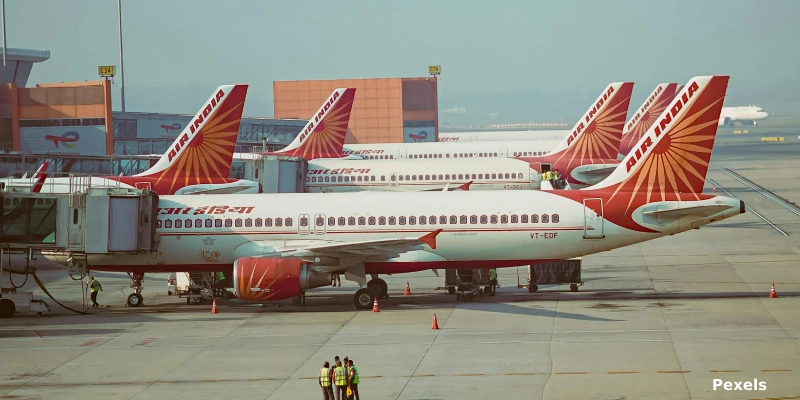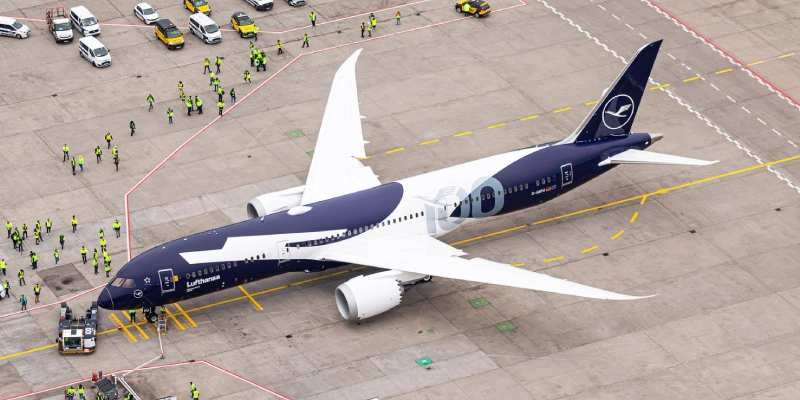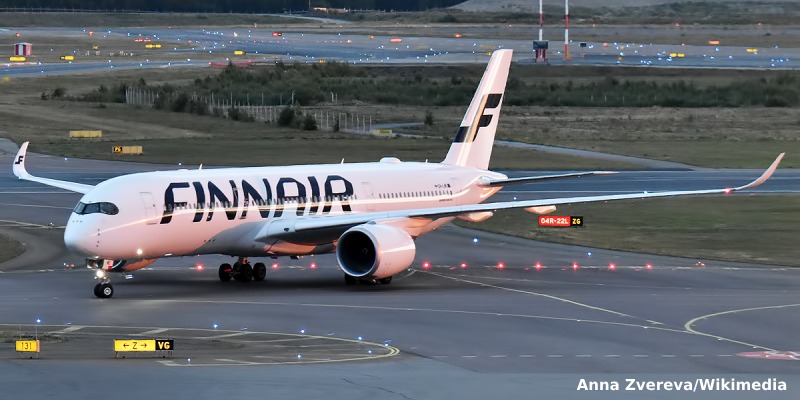A July audit conducted by India’s Directorate General of Civil Aviation (DGCA) uncovered 51 safety failures at Air India, including the use of unauthorized simulators, critical deficiencies in pilot training, and an ineffective crew scheduling system. The confidential 11-page report, accessed by Reuters, raises serious concerns about operational and safety risks facing the Tata Group-owned airline.
Failures Compromising Operational Safety
The audit identified seven “Level I” violations—classified as high severity—which must be corrected by July 30. An additional 44 minor non-compliances were also flagged, with a deadline of August 23 for remediation.
Among the most alarming findings:
- Inadequate training for Boeing 787 and 777 pilots, who failed to complete required monitoring duties before periodic evaluations.
- Use of simulators that do not meet standards for training at Category C airports, which feature challenging terrain or configurations.
- Lack of proper route assessments for complex destinations, increasing risks during approaches and landings.
→ Air India Seeks $200 Million Loan to Purchase Boeing 777 Aircraft
Systemic Non-Compliance and Crew Fatigue
The DGCA also documented recurring violations of crew duty time limits. A June Boeing 787 flight from Milan to New Delhi exceeded permitted hours by 2 hours and 18 minutes, marking a severe Level I infraction.
Further, the crew scheduling system failed to issue alerts when minimum crew requirements were unmet, allowing at least four international flights to depart with insufficient cabin personnel.
Unchecked Equipment and Poor Documentation
The report revealed additional technical lapses, including:
- Aircraft operated without proper emergency equipment checks.
- Mandatory engine component replacements omitted.
- Falsified maintenance records.
Inconsistencies were also found in door and equipment verification procedures, as well as gaps in training documentation. Notably, Air India has not appointed heads of flight operations for its Airbus A320 or A350 fleets, leading to a lack of oversight.
Air India’s Response and Recent History
In a statement to Reuters, Air India claimed full transparency during the audit and pledged to submit a corrective action plan by the stipulated deadline.
The DGCA review is unrelated to last month’s tragic Boeing 787 crash in Ahmedabad, which killed 260. Preliminary reports indicate fuel control switches were toggled simultaneously after takeoff, causing pilot confusion. One asked the other why they cut the supply, to which the reply was, “I didn’t.”
A Track Record Under Scrutiny
In 2024, authorities imposed fines or warnings in 23 safety violation cases, 11 involving Air India Group companies. The largest penalty—$127,000—was levied for carrying insufficient oxygen on international flights.
Despite aggressive route expansion since Tata’s 2022 acquisition, Air India faces persistent criticism over onboard conditions, including dirty seats, broken armrests, malfunctioning entertainment systems, and poor cabin hygiene.
On July 23, the airline’s top operations and training executives were formally cited for 29 systemic failures, accused of ignoring repeated warnings.
The DGCA audit exposes a chain of errors and negligence that cannot be overlooked. While Air India asserts corrective measures are underway, the regulator’s deadlines now count down to restoring confidence in the airline’s operational safety.
Related Topics
Air Europa Announces New Non-Stop Route Between Madrid and Johannesburg Starting June 2026
Lufthansa Receives Its Boeing 787-9 in Frankfurt with Special Livery for Airline’s Centennial
Finnair Announces Flights to Melbourne via Bangkok Starting October 2026
EASA Orders Inspections on Airbus A320 Aircraft for Possible Defective Panels

Plataforma Informativa de Aviación Comercial con 13 años de trayectoria.




